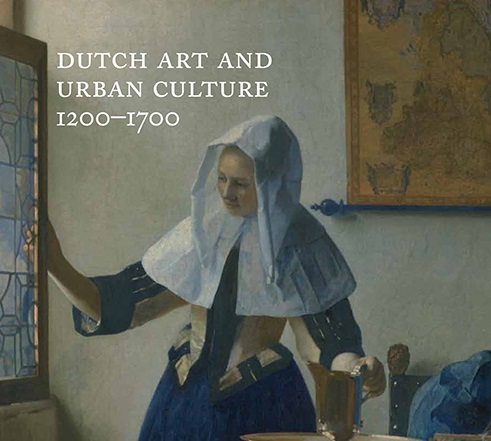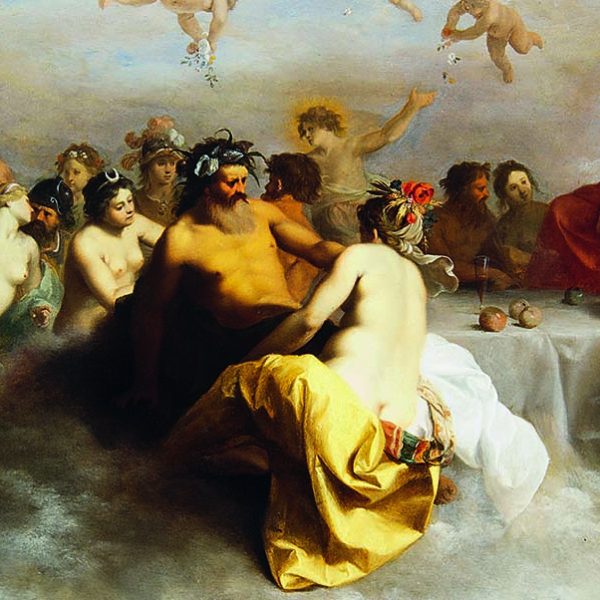Lowlands Travelogue: Delft
 In Elisabeth de Bièvre’s book Dutch Art and Urban Culture, 1200-1700, the author explains how distinct geographical circumstances and histories shaped unique urban developments in different locations in the Netherlands and, in turn, fundamentally informed the art and visual culture of individual cities. In seven chapters, each devoted to a single city, the book follows the growth of Amsterdam, Delft, Dordrecht, Haarlem, Leiden, The Hague, and Utrecht over the course of five centuries. By embracing the full gamut of art and architecture and by drawing on the records of town histories and the writings of contemporary travelers, de Bièvre traces the process by which the visual culture of the Netherlands emerged to become the richest, most complex material expression in Europe, capturing the values of individuals, corporate entities, and whole cities. In a series of posts, de Bièvre will offer a snapshot of each of these seven cities as expressed through one or two representative artworks.
In Elisabeth de Bièvre’s book Dutch Art and Urban Culture, 1200-1700, the author explains how distinct geographical circumstances and histories shaped unique urban developments in different locations in the Netherlands and, in turn, fundamentally informed the art and visual culture of individual cities. In seven chapters, each devoted to a single city, the book follows the growth of Amsterdam, Delft, Dordrecht, Haarlem, Leiden, The Hague, and Utrecht over the course of five centuries. By embracing the full gamut of art and architecture and by drawing on the records of town histories and the writings of contemporary travelers, de Bièvre traces the process by which the visual culture of the Netherlands emerged to become the richest, most complex material expression in Europe, capturing the values of individuals, corporate entities, and whole cities. In a series of posts, de Bièvre will offer a snapshot of each of these seven cities as expressed through one or two representative artworks.
Here are a links to the previous three posts, on The Hague, Dordrecht, and Haarlem.
Elisabeth de Bièvre–
Developed on flat marshlands as a grid-plan “new town”, Delft’s layout follows the long straight lines of the drainage canals, thus inaugurating a lasting taste for rectilinear spaces and deep perspectives. These preferences were translated into the stylistic features of city seals from the thirteenth century onwards.

Seal of Delft, 1299
Such tastes continued to be prominent in several fifteenth-century altar pieces,

Master of Virgo inter Virgines, Madonna and Child with St Catharine, St Cecilia, St Barbara and St Ursula, c. 1495-1500 (oil on panel). Rijksmuseum, Amsterdam
in the sixteenth-century wooden relief sculptures of the pulpit in the Old Church,

Perspective with Evangelist, c. 1540 (wood relief on pulpit) Oude Kerk, Delft
and most fully in seventeenth-century paintings by Jan Vermeer and others,

Johannes Vermeer, The Little Street, 1658-61 (oil on canvas). Rijksmuseum, Amsterdam
including my book’s cover (Johannes Vermeer, Young Woman with a Water Pitcher). Industries dependent on the local geology influenced aesthetics in their turn. The poor clay soil of the surrounding polders was good enough for the cultivation of barley, a key ingredient in beer. In order to guarantee the purity of the stagnant canal water for beer production strict legislation was introduced to keep the streets spotless. Those same streets were also rather empty because the brewing industry only needed a small labor force, thus discouraging immigrants and the city’s expansion. Cleanliness and emptiness became features of the city’s art production, as well.
Besides brewing, only luxury industries developed — capital-intensive rather than labor-intensive — such as tapestry weaving and the famous Delft faience manufacture, the latter once more exploiting the local clay. Different aspects of these “vision-focused” enterprises were reflected in painting: Vermeer’s “dotted” brushstroke picked up the textures of tapestries and the cobalt blue of the earthenware permeates his palette rich in ultra-marine.
Elisabeth de Bièvre is an independent scholar who has taught at the University of East Anglia Norwich, the University of California, Los Angeles, and University College London.


